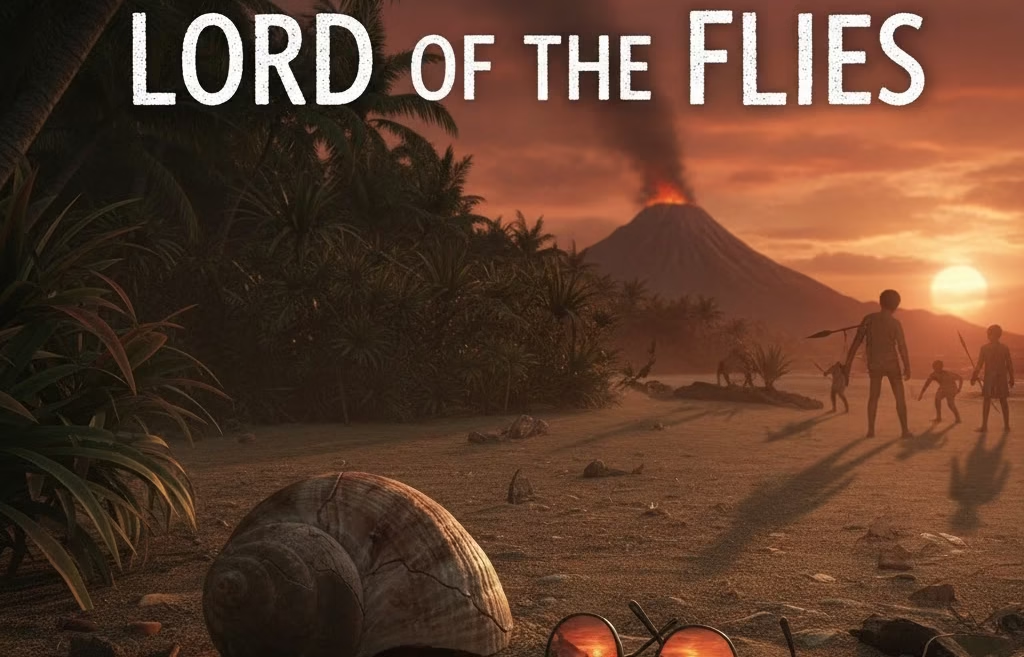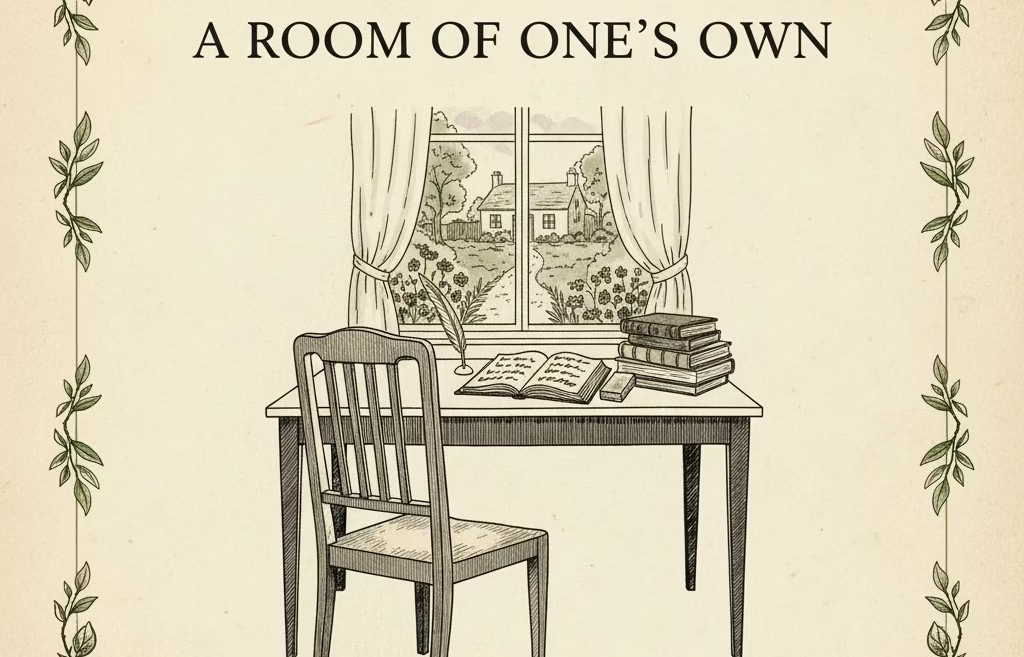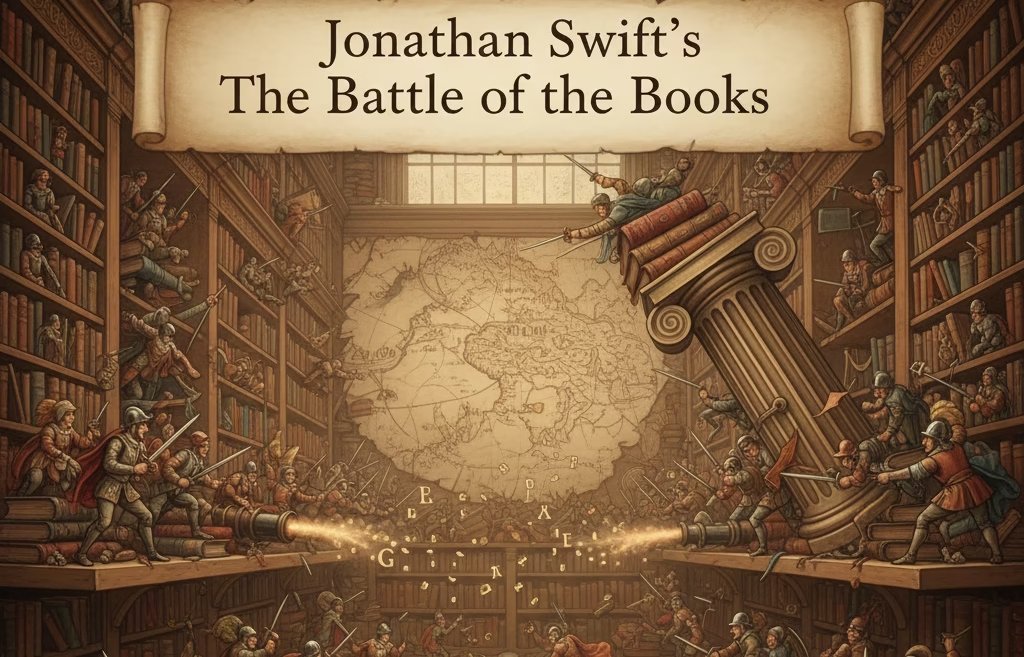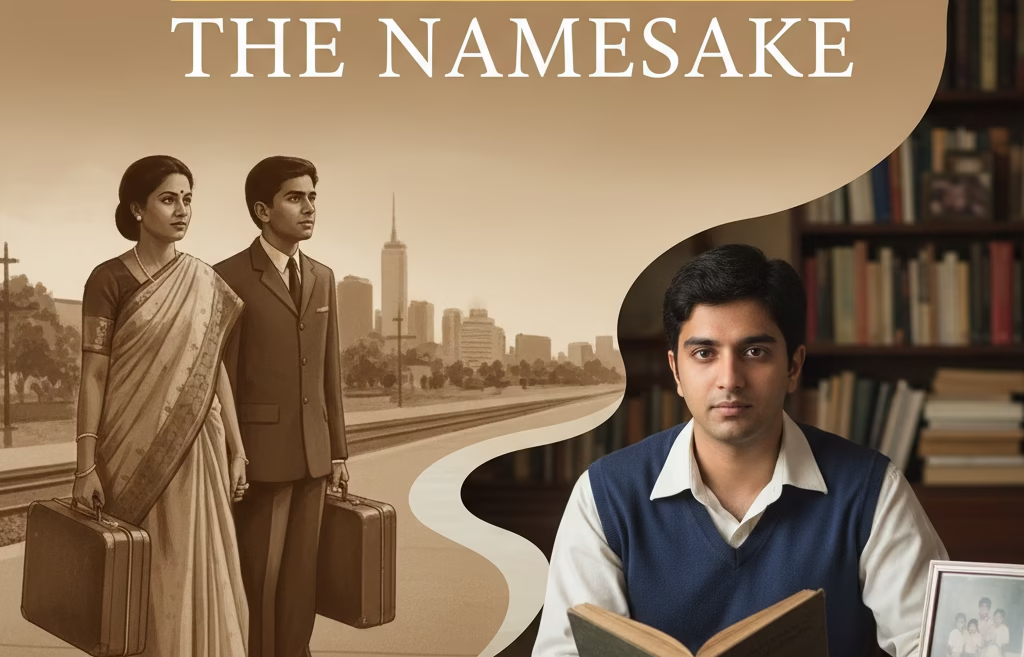Introduction
Mahesh Dattani Final Solutions stands as a seminal work in Indian English drama, acclaimed for its unflinching exploration of communal tensions and its nuanced portrayal of human psychology amidst social upheaval. Written and first performed in the early 1990s, the play is set against the backdrop of Hindu-Muslim conflict in post-independence India. Dattani’s narrative is both intimate and universal, weaving personal stories with broader socio-political realities. This analysis delves deeply into the play’s structure, themes, characters, symbolism, and enduring relevance, offering a comprehensive understanding of why Final Solutions remains a powerful and significant work in contemporary discourse.
Mahesh Dattani Final Solutions: Historical and Social Context
The Backdrop of Communalism
Final Solutions is deeply rooted in the historical context of India’s struggle with communalism. The play draws inspiration from real-life incidents of religious violence, especially the riots that have periodically scarred India’s social fabric since Partition in 1947. Dattani’s research for the play included works such as Freedom at Midnight and contemporary news sources, ensuring authenticity in his depiction of communal tensions.
Communalism, as depicted in the play, is not merely a backdrop but a living, breathing force that shapes the lives of the characters. The narrative unfolds in a small town, but its implications are national, even universal. The play critiques how political manipulation, historical grievances, and social stereotypes perpetuate cycles of mistrust and violence between communities.
The Role of Memory and History
A distinctive feature of Final Solutions is its use of memory to bridge past and present. The character of Daksha (later Hardika) serves as a conduit for historical memory, her diary entries providing flashbacks to the violence and trauma of Partition. These memories are not passive recollections but active forces that shape her worldview and, by extension, the prejudices of her family. The interplay of personal and collective memory underscores the persistence of communal hatred across generations.
Mahesh Dattani Final Solutions: Plot Overview
The play opens with Daksha, a young Hindu bride in 1948, writing in her diary about her experiences in a new household and her tentative friendship with a Muslim girl, Zarine. The narrative then shifts to the present, focusing on the Gandhi family—Hardika (the older Daksha), her son Ramnik, his wife Aruna, and their daughter Smita. Their lives are disrupted when two Muslim boys, Bobby and Javed, seek refuge in their home during a riot.
As the family grapples with the presence of the outsiders, old wounds and hidden prejudices come to the fore. The play unfolds over a single night, with tensions escalating both within the household and outside, where a mob (represented by a Greek chorus) clamours for vengeance. Through confrontations, confessions, and moments of vulnerability, the characters are forced to confront their own biases and the legacies of the past.
The play ends not with a resolution but with ambiguity, reflecting the complexity of communal conflict and the absence of easy answers.
Mahesh Dattani Final Solutions : Major Themes
1. Communalism and Prejudice
At its core, Final Solutions is a critique of communalism—the division of society along religious lines. Dattani exposes how prejudices are learned, reinforced by family, community, and historical narrative. The play does not assign blame to one community but shows how both majority and minority groups are implicated in the cycle of suspicion and violence.
The mob, serving as a chorus, embodies the collective hysteria that drives communal violence. Its shifting accusations and justifications highlight how easily individuals can be swept up in groupthink, losing their sense of personal responsibility.
2. Identity and Belonging
The search for identity and the need for belonging are central to the play. Bobby and Javed, as Muslims in a Hindu-majority society, struggle to assert their identities while seeking acceptance. Smita, the Gandhi family’s daughter, represents the younger generation’s desire to move beyond inherited hatreds and forge a more inclusive identity.
The play interrogates what it means to belong in a society fractured by religious and cultural boundaries. It suggests that identity is fluid, shaped by memory, history, and personal experience.
3. Generational Conflict
The generational divide is a recurring motif. Hardika’s prejudices, rooted in the trauma of Partition, are contrasted with Smita’s questioning of tradition and her empathy for the marginalized. Ramnik, caught between his mother’s bitterness and his daughter’s idealism, embodies the struggle to reconcile the past with the hope for a better future.
This conflict is not merely ideological but emotional, reflecting the difficulty of overcoming deeply ingrained biases.
4. The Role of Women
Women in Final Solutions are both victims and agents of change. Daksha/Hardika’s diary reveals the constraints of patriarchy and the pain of lost friendship. Aruna, Ramnik’s wife, clings to religious rituals as a source of security, while Smita challenges both patriarchal and communal norms. Their voices provide a nuanced perspective on how women experience and resist social constraints.
5. The Mob as a Character
The mob in Final Solutions is not a faceless mass but a dynamic presence, represented by actors who shift between Hindu and Muslim personas. This device blurs the line between individual and collective responsibility, emphasizing the dangers of groupthink and the ease with which ordinary people can become complicit in violence.
Mahesh Dattani Final Solutions : Character Analysis
1. Daksha/Hardika
Daksha, later known as Hardika, is the emotional anchor of the play. Her diary entries provide a window into the past, revealing the seeds of her prejudice. As a young girl, Daksha befriends Zarine, a Muslim neighbor, but their friendship is shattered by communal violence. The trauma of her father’s death and the betrayal she feels at the hands of the minority community leave lasting scars.
As Hardika, she embodies the bitterness of the older generation, passing on her fears and suspicions to her family. Yet, her vulnerability and moments of self-doubt make her a sympathetic figure, illustrating how personal pain can be manipulated into collective hatred.
2. Ramnik Gandhi
Ramnik is a complex character, outwardly liberal but inwardly conflicted. He shelters Bobby and Javed, ostensibly out of compassion, but his actions are also motivated by guilt over his family’s past injustices against Muslims. Ramnik’s struggle to atone for these sins reflects the difficulty of breaking free from historical cycles of blame and retribution.
His interactions with his mother and daughter reveal the challenges of mediating between tradition and change.
3. Aruna
Aruna, Ramnik’s wife, is deeply religious and conservative. She finds comfort in rituals and is initially hostile to the presence of the Muslim boys. Her character represents the security that many find in tradition, as well as the dangers of unexamined prejudice. However, Aruna is not portrayed as a villain; her fears are rooted in her own experiences and anxieties.
4. Smita
Smita is the voice of the younger generation, questioning the prejudices of her elders and empathizing with the marginalized. Her friendship with Bobby and her willingness to challenge her mother’s beliefs signal the possibility of change. Smita’s journey is one of self-discovery, as she navigates the tension between familial loyalty and personal conviction.
5. Bobby
Bobby is one of the two Muslim boys who seek refuge in the Gandhi household. He is thoughtful, non-violent, and seeks understanding between communities. Bobby’s presence challenges the family’s assumptions about the “other,” and his interactions with Smita and Ramnik are pivotal in exposing hidden biases.
6. Javed
Javed’s character arc is one of transformation. Initially portrayed as a potential threat, he reveals the pain of exclusion and the impact of systemic discrimination. Javed’s story illustrates how marginalization can drive individuals toward radical actions, but also how empathy and dialogue can foster change.
7. The Mob/Chorus
The mob is a powerful theatrical device, serving as a Greek chorus that comments on the action and embodies the collective psyche of society. Its members shift between Hindu and Muslim identities, underscoring the universality of prejudice and the dangers of collective hysteria.
Mahesh Dattani Final Solutions : Symbolism and Structure
The Diary
Daksha’s diary is a central symbol, representing the persistence of memory and the transmission of trauma across generations. The diary entries serve as flashbacks, linking past and present and highlighting the cyclical nature of communal conflict.
The House
The Gandhi household is both a sanctuary and a battleground. It is a space where the characters confront their fears, prejudices, and desires for reconciliation. The house’s physical boundaries mirror the psychological boundaries that separate the characters from one another and from the outside world.
The Mob/Chorus
The use of a Greek chorus, with actors shifting between communal identities, blurs the distinction between “us” and “them.” This device emphasizes the fluidity of identity and the ease with which individuals can be swept up in collective violence.
Masks
Masks are used in the staging of the play to represent the shifting identities of the mob. This theatrical technique underscores the performative nature of communal hatred and the ways in which individuals hide behind collective identities.
Mahesh Dattani Final Solutions : Critical Perspectives
Social Criticism
Final Solutions is a work of social criticism, exposing the roots and consequences of communal hatred. Dattani critiques not only the obvious perpetrators of violence but also the silent complicity of those who enable it through indifference or fear. The play calls for empathy, dialogue, and self-examination as antidotes to hatred.
Psychological Realism
Dattani’s characters are psychologically complex, their actions motivated by personal trauma, societal expectations, and the desire for acceptance. The play avoids stereotypes, presenting nuanced portraits of people struggling with doubt, guilt, and hope.
Feminist Perspective
The play’s portrayal of women is particularly noteworthy. Daksha/Hardika, Aruna, and Smita represent three generations of women, each negotiating the constraints of patriarchy and communalism in different ways. Their voices challenge the dominance of male narratives and highlight the intersection of gender and communal identity.
Mahesh Dattani Final Solutions : Relevance
Contemporary Resonance
Although set in the 1990s, Final Solutions remains acutely relevant in today’s world, where religious polarization, political exploitation, and cultural misperceptions continue to fuel conflict. The play’s exploration of inherited prejudice, generational conflict, and the search for empathy speaks to universal concerns.
Lessons for Modern Audiences
The play’s ambiguous ending is a deliberate choice, reflecting the complexity of communal conflict and the absence of easy solutions. Dattani suggests that the path to reconciliation lies in dialogue, self-examination, and the willingness to question inherited beliefs. For modern audiences, the play is a call to action—a reminder that the work of building inclusive communities is ongoing. EXPLORE OTHER PLAYS
Conclusion
Mahesh Dattani’s Final Solutions is a masterful exploration of communalism, identity, and the human capacity for both prejudice and empathy. Through its intricate structure, complex characters, and powerful symbolism, the play offers a profound critique of the forces that divide society. At the same time, it holds out the possibility of change, suggesting that understanding and reconciliation are possible, though never easy.
The play’s enduring relevance lies in its refusal to offer “final solutions,” instead inviting audiences to engage in the difficult but necessary work of dialogue and self-reflection. As long as societies grapple with the challenges of diversity and coexistence, Final Solutions will remain a vital and necessary work, offering both a mirror and a map for the journey toward understanding.
FAQs about Mahesh Dattani Final Solutions
What is the main theme of Final Solutions?
The play primarily explores communalism and the deep-seated prejudices between Hindu and Muslim communities in India. It delves into how these biases are inherited and perpetuated across generations, emphasising the urgent need for empathy and dialogue.
Why is the play called Final Solutions?
The title is deeply ironic. Rather than offering definitive answers, the play suggests there are no easy or permanent solutions to communal hatred—only ongoing efforts toward understanding, reconciliation, and social healing.
How does Mahesh Dattani portray the mob mentality?
Dattani uses a Greek chorus-like mob, with actors shifting between Hindu and Muslim personas. This device highlights the dangers of groupthink, collective hysteria, and the way individuals can be swept up in violence.
How does the play address the role of women?
Women in the play—Daksha/Hardika, Aruna, and Smita—are portrayed as both victims of and challengers to patriarchal and communal norms. Their perspectives add depth to the narrative and highlight the intersection of gender and social conflict.






1 Comment
[…] Girish Karnad’s Tughlaq remains a masterful exploration of leadership, ambition, and the human psyche. Its blend of historical narrative, psychological insight, and political critique ensures its place as a classic of Indian literature. Whether you are a student, scholar, or theatre enthusiast, delving into Tughlaq offers valuable lessons on the complexities of governance and the enduring relevance of history. EXPLORE MORE AUTHORS […]